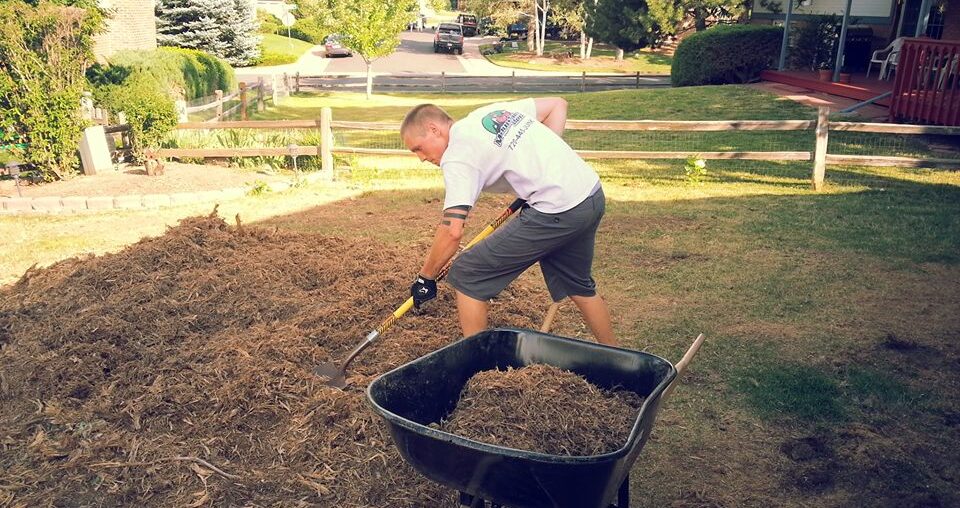Maintaining a beautiful yard comes with its fair share of cleanup. From mowing the lawn and pruning shrubs to raking leaves and trimming trees, yard work generates a surprising amount of waste. As satisfying as a well-kept yard is, the piles of clippings, branches, and bags of debris can quickly become overwhelming. That’s where proper yard waste preparation becomes crucial—not just to stay organized, but to ensure timely and hassle-free pickup by your local hauling service.
If you’ve ever searched for a yard waste hauling service near me, you’ve likely realized that not all services handle waste the same way. Some have specific requirements for how to bundle branches, separate green waste, or bag leaves. By understanding these best practices, you can save time, avoid pickup delays, and even reduce disposal fees.
What Qualifies as Yard Waste?
Before preparing your yard debris for pickup, it’s essential to know what falls under the “yard waste” category. Most yard waste includes:
- Grass clippings
- Leaves
- Twigs and small branches
- Tree trimmings
- Shrubs and brush
- Garden plants
- Weeds and vines
- Mulch and thatch
What’s NOT yard waste? Soil, large tree trunks, treated lumber, plastic pots, and pet waste are typically not accepted in regular yard waste pickup services. Always double-check with your local hauling provider for a detailed list.
Step-by-Step: How to Prepare Yard Waste for Pickup
H2: 1. Understand Local Guidelines and Pickup Schedules
The first and most important step is to understand the rules in your area. Municipalities or private haulers often have guidelines that specify:
- Pickup days and frequency
- Bagging or bin requirements
- Weight and size limits
- Special services for large items like branches or stumps
Check your city’s waste management site or contact your preferred hauling service to avoid fines or missed pickups.
H2: 2. Separate Yard Waste from Regular Trash and Recycling
Yard waste must always be kept separate from household trash and recyclables. This is important because:
- Many hauling services compost yard waste or recycle it
- Mixing waste types can lead to environmental violations
- Haulers may refuse to collect contaminated yard waste
Use clearly labeled containers or biodegradable yard waste bags to avoid confusion.
H2: 3. Use Approved Bags or Bins
Most areas require yard waste to be placed in one of the following:
- Biodegradable paper lawn bags: These break down easily in composting facilities and are preferred over plastic.
- Designated yard waste bins: Some cities provide green bins for yard debris.
- Reusable containers: If permitted, clearly label these containers “Yard Waste Only.”
Avoid using plastic bags, as they aren’t compostable and may result in your waste being left behind.
H2: 4. Bundle Large Branches the Right Way
Branches, sticks, and brush often require special handling. Follow these tips for bundling:
- Cut branches to a maximum length (often 3–4 feet)
- Use natural twine or jute rope to tie bundles (no wire or plastic ties)
- Keep bundles under the weight limit (usually 40–50 lbs)
Proper bundling makes it safer and easier for haulers to collect your waste without damaging equipment.
H2: 5. Don’t Overfill or Compact Too Tightly
When placing materials in bags or bins, avoid overstuffing. Overfilled containers:
- Are prone to ripping or spilling
- May exceed weight limits
- Could be rejected by your hauling service
A good rule of thumb is to keep bags light enough for one person to lift easily—usually under 50 pounds.
H2: 6. Remove Rocks, Dirt, and Non-Green Materials
Most yard waste programs only accept organic materials. Dirt, rocks, mulch, and concrete pieces can damage composting equipment and contaminate the load.
If you’re clearing an area that includes soil or stones, separate them and contact your hauling provider about proper disposal methods.
H2: 7. Schedule a Special Pickup for Large Loads
If you’ve done a major landscaping project or had storm damage, your regular pickup may not be enough. Most services offer:
- Bulk pickup days
- Special haul-away appointments
- Dumpster or trailer rentals for large volumes
Contact your yard waste hauling service near me to discuss large-load options and pricing. Scheduling in advance ensures your waste doesn’t sit curbside for weeks.
H2: 8. Keep It Dry If Possible
Wet yard waste is heavier and messier to haul. Whenever possible:
- Store bags or bundles in a dry area until pickup day
- Avoid watering lawns or gardens just before preparing waste
- Cover materials with a tarp if rain is expected
This helps avoid soggy bags that tear or exceed weight limits.
H2: 9. Mark Your Piles Clearly
If you’re placing waste near the curb or at a pickup point, make it obvious:
- Group bags and bundles together neatly
- Place away from mailboxes, driveways, or fences
- Leave at least 3 feet of clearance from trash and recycling bins
This makes it easy for drivers to spot and collect everything quickly.
H2: 10. Double-Check on Pickup Day
Finally, make a quick sweep the morning of your scheduled pickup:
- Make sure everything is accessible
- Ensure bags are dry and intact
- Remove any non-yard waste that may have been accidentally included
This final step helps avoid missed pickups or rejected materials.
Final Thoughts: Clean Yard, Clear Conscience
Properly preparing your yard waste for pickup isn’t just courteous—it’s essential. It keeps your neighborhood clean, prevents safety hazards, and helps your local haulers do their job efficiently. Most importantly, it ensures your green waste is handled in an eco-friendly way, turning leaves and branches into compost instead of landfill trash.
By following the steps above and working with a reliable yard waste hauling service near me, you can make yard maintenance a breeze and contribute to a greener, cleaner community.
